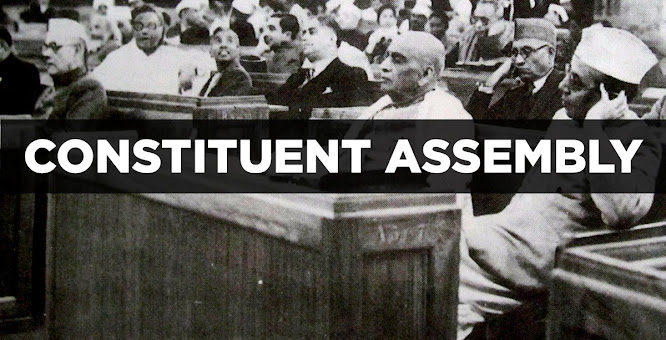Infographic: The Anatomy of a Constitution
The Anatomy of a Constitution
Born from crisis and forged in debate, constitutions are a nation's blueprint. Explore the intense negotiations, foundational compromises, and enduring legacies of the US and Indian constitutional debates.
Nations by the Numbers
55
U.S. Delegates
~4 Months
U.S. Drafting Time
284
Indian Assembly Members
~165 Days
Indian Deliberation Days
Two Paths to Democracy
The scale of the American and Indian constitutional projects reflects their unique historical moments. The U.S. framers urgently sought to replace a failing system, while India's assembly undertook the monumental task of nation-building for a vast, diverse, and newly independent population.
The Great Debates: A Comparative View
🏛️ Federalism
USA: A fierce battle between Federalists wanting a strong center and Anti-Federalists fearing tyranny, resulting in a balance of enumerated federal powers and reserved state powers.
India: Opted for a "Union of States," creating a quasi-federal system with a strong center to ensure national unity post-partition, prioritizing an indissoluble union.
👥 Representation
USA: The "Great Compromise" created a bicameral legislature—the populous-based House and the state-equal Senate—to resolve conflict between large and small states.
India: Rejected separate religious electorates, instead instituting universal franchise with reservations for Scheduled Castes/Tribes to ensure social justice and political access for disadvantaged groups.
📜 Rights
USA: The Bill of Rights was added *after* ratification as a concession to Anti-Federalists who demanded explicit protections for individual liberties.
India: Made Fundamental Rights a core, justiciable part of the initial text, paired with aspirational Directive Principles, aiming for a "social revolution."
👑 The Executive
USA: Fearing monarchy, they created a single President selected via the Electoral College, a compromise balancing popular vote with state influence.
India: Chose a parliamentary system with a Prime Minister accountable to the legislature, prioritizing governmental responsibility over presidential stability.
🌐 Societal Fabric
USA: Compromised on slavery (Three-Fifths Compromise) to ensure Southern states' buy-in, embedding a deep-seated conflict into the nation's fabric.
India: Grappled with immense linguistic and religious diversity, creating a pragmatic multilingual policy and a unique model of secularism that balanced pluralism with national unity.
⚖️ Judiciary
USA: Established an independent judiciary, but its full power of "judicial review" over Congress would be asserted later by the court itself.
India: Created a robustly independent judiciary from the outset, which later developed the powerful "Basic Structure Doctrine," limiting parliament's ability to amend the Constitution's core.
Global Blueprints: Common Threads
While every constitution is unique, common themes emerge. Globally, modern constitutions increasingly prioritize protecting citizens' fundamental rights over defining purely political institutions, reflecting a worldwide trend toward rights-based governance.
Lessons for Post-Conflict Nations
For nations emerging from conflict, constitution-making is especially fraught. Global experience offers a clear roadmap for success:
Secure Peace First
Separate peace agreements from the constitutional process to allow for stable, focused institution-building without immediate security threats.
Ensure Inclusivity
Broad participation from all societal groups is vital for legitimacy. Excluding key actors undermines the constitution's long-term endurance.
Foster Public Participation
Engage the public through civic education and transparent procedures. A constitution's legitimacy comes from the people's ownership of it.
Enduring Legacies: Rigidity vs. Flexibility
A constitution's legacy is defined by its ability to endure while adapting. The US document is famously rigid and difficult to amend, prioritizing stability. India's framework, through judicial interpretation like the "Basic Structure Doctrine," has proven more dynamic and transformative.









Comments
Post a Comment